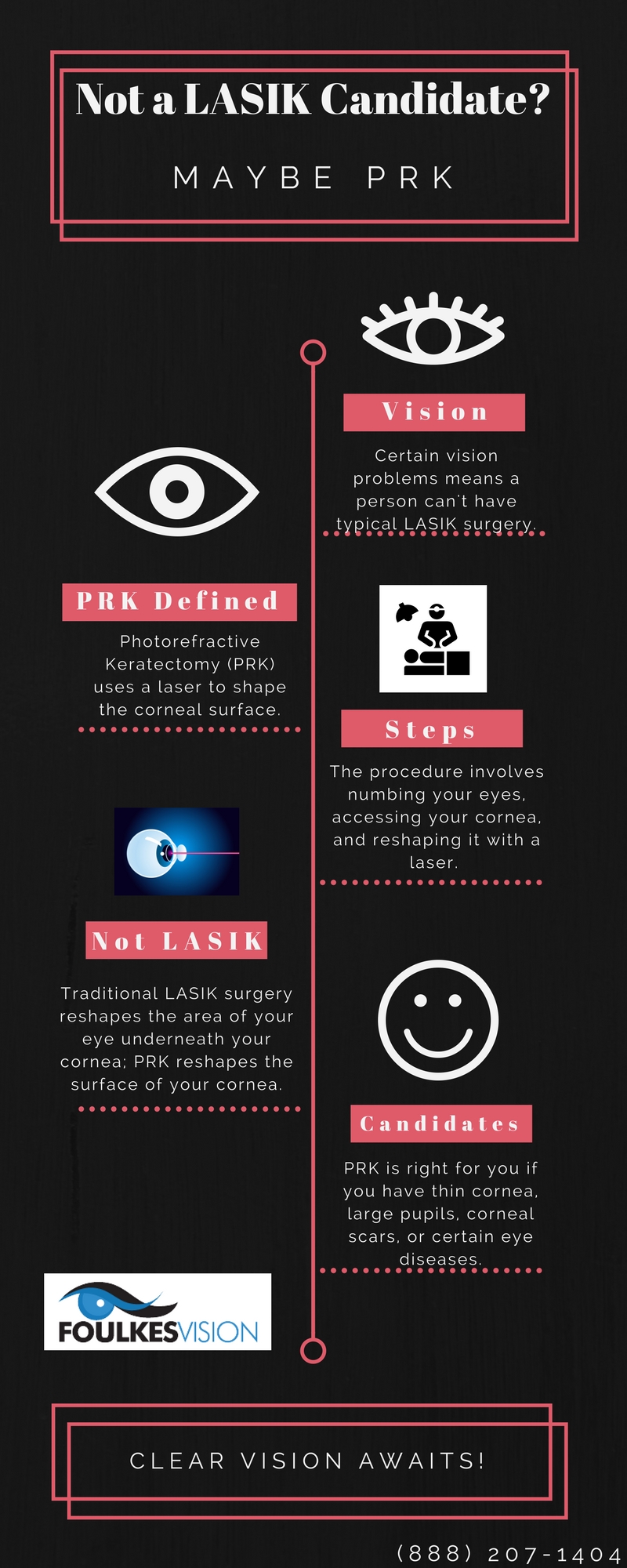Intend To Find Out More About Refractive Lens Exchange? Uncover Important Understandings And Actions That Can Transform The Training Course Of Your Vision Journey
Intend To Find Out More About Refractive Lens Exchange? Uncover Important Understandings And Actions That Can Transform The Training Course Of Your Vision Journey
Blog Article
Refractive Eye Procedures Mesa Created By-Kincaid Byers
If you're thinking about refractive lens exchange, you most likely have a great deal of questions. This procedure can transform how you see the world, using benefits like minimized reliance on glasses. Nonetheless, it's important to understand the process, risks, and that qualifies as a good prospect. Let's discover these important facets so you can make an educated choice regarding whether RLE is right for you.
What Is Refractive Lens Exchange and How Does It Work?
Refractive lens exchange (RLE) is a surgical procedure made to change your eye's all-natural lens with a fabricated one, remedying vision problems like nearsightedness, farsightedness, or presbyopia.
Throughout the treatment, your specialist makes a small laceration in the eye, eliminates your natural lens, and inserts an intraocular lens (IOL) tailored to your vision requires. This outpatient surgical procedure normally takes about 15 to thirty minutes per eye and is performed under regional anesthesia.
You'll likely notice improvements in your vision almost immediately, though total healing might take a few weeks. RLE is especially useful for those over 40 or with high prescriptions, supplying a lasting remedy contrasted to glasses or call lenses.
Your eye treatment expert can help figure out if RLE is right for you.
What Are the Advantages and Dangers of Refractive Lens Exchange?
Picking refractive lens exchange can lead to considerable enhancements in your vision, but it's important to weigh both the advantages and risks before choosing.
On Minimally Invasive LASIK , this procedure can enhance your eyesight by remedying concerns like presbyopia, nearsightedness, and hyperopia. Many patients enjoy decreased reliance on glasses or contact lenses, which can considerably improve their lifestyle.
However, it's crucial to consider prospective dangers. Complications can consist of infection, glow, or halos around lights.
There's additionally a chance of overcorrection or undercorrection, which may call for extra procedures.
That Is a Suitable Candidate for Refractive Lens Exchange?
If you're thinking about refractive lens exchange, it's important to understand whether you fit the profile of a suitable candidate. Normally, you may be a good candidate if you more than 40, experience presbyopia, or have high degrees of nearsightedness or farsightedness.
https://telegra.ph/Figure-Out-How-LASIK-Cosmetic-Surgeons-Are-Positively-Affecting-The-Lives-Of-A-Diverse-Series-Of-Individuals-From-Athletes-To-Da-04-02 's additionally critical that your vision is steady, suggesting your prescription hasn't altered significantly in the past year. If you have cataracts or various other eye conditions, you could take advantage of this treatment also.
Nonetheless, certain elements, like uncontrolled diabetes mellitus or autoimmune diseases, could invalidate you. To establish your candidacy, talk to an eye treatment expert who can examine your specific situation and recommend the best course of action tailored to your needs.
Verdict
In conclusion, refractive lens exchange can be a transformative option for enhancing your vision, particularly if you more than 40 or have a high prescription. While the advantages are considerable, it's crucial to evaluate the risks and talk to your eye care specialist to establish if you're a suitable candidate. With the appropriate details and guidance, you can make an educated decision and perhaps appreciate a life with reduced reliance on glasses.
